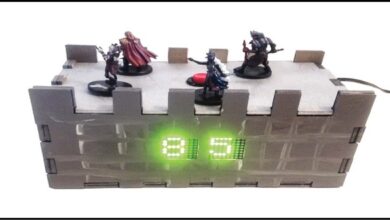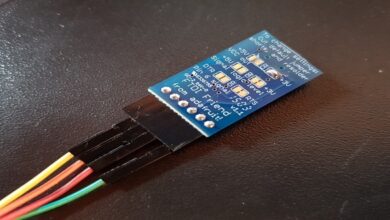Propagation Characteristics of Wireless Channels

Introduction
Wireless systems encompass a wide range of information transmission mechanisms, including cordless phones, paging systems, cell phones, satellite communication systems, maritime-mobile systems, industrial and medical monitoring systems, infrared (IR) remote controls, and so on. These systems have unique operating frequency bands. The choice of the frequencies is often determined by the range of operation (a few meters for a cordless phone to thousands of kilometers for satellite communication systems), the medium through which the signal traverses (e.g., urban areas with tall structures, vast empty spaces in rural areas, and multilevel, multistructure environments in factories and malls), the amount of data to be transmitted (low volume of data in maritime mobile systems and IR-based remote control systems to Gbits/s in satellite systems).
Propagation of signals
The following sections consider the attenuation and the signal variability experienced by the wireless signals.
Transmission Loss
As the electromagnetic waves travel from the transmitter to the receiver, they encounter various objects in their path. In typical urban environments, it may not be possible to have an LOS path between the transmitter and the receiver. The signal leaving the transmitter reaches the receiver through a number of mechanisms, such as reflection, diffraction, and scattering.
Hata Model
Based on measurements in a number of cities, Hata (1980) proposed a model to predict the median loss suffered by the wireless signal. This model is an improvement over that proposed by Okumura et al. (1968) because it incorporates correction factors to account for the antennae height based on the geographical location. When one moves from large cities to rural areas, the reduction in power loss can be accommodated with correction factors for the antenna height.
Indoor Wireless Systems
The loss calculation in indoor wireless systems is less straightforward than outdoor systems. It is possible to use Equations 5 and 6 to calculate the received power or predict the loss. Based on empirical measurements conducted indoors and outdoors, the range of values of n has been proposed by several researchers. Note that these values depend on the environments in which the wireless signal is propagating, and in indoor propagation, the values of nare strongly influenced by factors such as the building materials used, floor arrangement, location of the transmitting antenna (inside the building or outside the building), the height of the transmitting antenna, the frequency used.
Signal Variability and Fading
I now briefly review the origins of signal variability seen in wireless systems. The signal variability may be caused by short-or long-term fading or both. Short-term fading may result from multipath fading and Doppler fading. The next section explores these fading mechanisms and diversity techniques used to mitigate the problems caused by fading.
Multipath Fading
The second characteristic of the wireless signal is the signal variability seen in wireless systems (Feher, 1995; Hashemi, 1993; Kennedy, 1969; Pahlavan & Levesque, 1995; Rappaport, 2002). The signal variability is the lack of predictability of the loss or received power. We had seen in Figure 3 that the power loss fluctuates as the distance increases, with the mean or median fluctuations obeying the nth power of the distance.
Concluding remarks
This chapter presented brief overview of the topics of interest in wireless systems. Additional reading material may be found in IEEE Transactions on Wireless Communications, IEEE Transactions on Vehicular Technology, IEEE Communications Magazine, and other sources.




